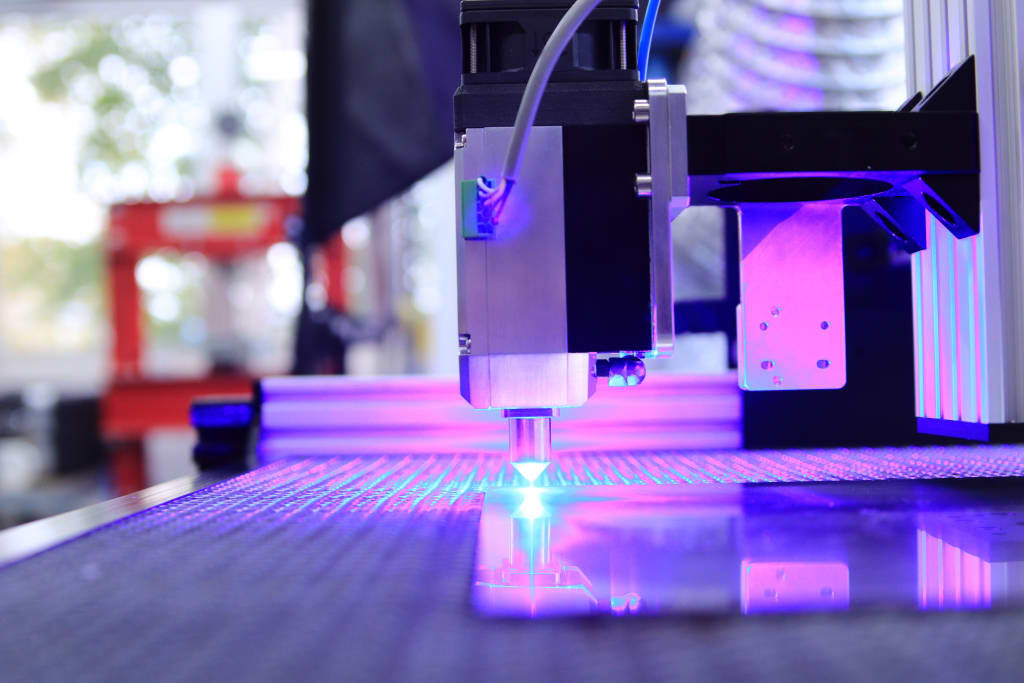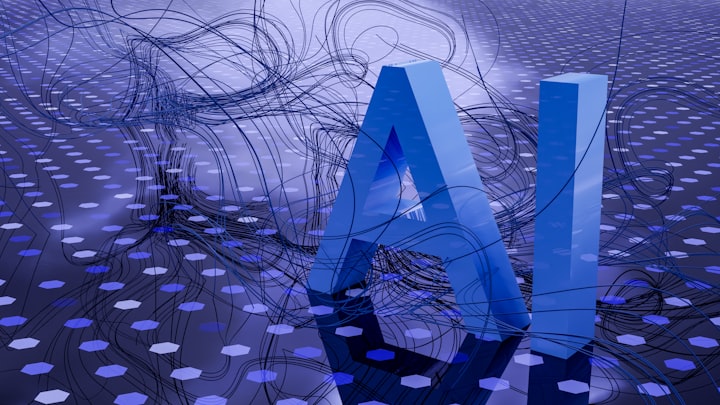The Promise of 3D Printing: Revolutionizing Manufacturing and Design
Empowering Creativity and Redefining Production Processes

In recent years, 3D printing has emerged as a groundbreaking technology with the potential to revolutionize manufacturing and design across industries. With its ability to bring digital designs to life, 3D printing offers endless possibilities for creativity, customization, and streamlined production. In this article, we explore the promise of 3D printing, delve into real-life examples of its impact, and highlight the transformative potential it holds for the future of manufacturing and design.
1. Breaking the Boundaries of Traditional Manufacturing:
Traditional manufacturing processes often involve lengthy supply chains, high costs, and limited design flexibility. 3D printing, also known as additive manufacturing, disrupts this paradigm by enabling the creation of complex and intricate designs with unprecedented ease. This technology builds objects layer by layer, using materials such as plastics, metals, and even bio-compatible materials, offering greater design freedom and reducing waste.
Real-Life Example: In the medical field, 3D printing has enabled the production of customized prosthetics, implants, and even human organs. Companies like Organovo have made significant strides in bio-printing, paving the way for personalized healthcare solutions.
2. Empowering Creativity and Customization:
One of the most remarkable aspects of 3D printing is its ability to empower creativity and customization. Designers, artists, and inventors can bring their ideas to life with precision and detail, pushing the boundaries of what is possible. From personalized consumer products to architectural models and intricate jewelry, 3D printing opens new avenues for innovation and self-expression.
Real-Life Example: The fashion industry has embraced 3D printing to create unique and avant-garde designs. Designers like Iris van Herpen have incorporated 3D-printed elements into their collections, showcasing the fusion of technology and art on the runway.
3. Streamlining Prototyping and Production:
Prototyping and iterative design are crucial stages in the product development process. 3D printing revolutionizes these processes by enabling rapid prototyping with reduced time and cost. Designers can quickly create physical prototypes, test functionality, and make design iterations in a matter of hours, accelerating the development cycle.
Real-Life Example: Companies like SpaceX, the aerospace manufacturer founded by Elon Musk, utilize 3D printing extensively in their rocket production. This technology allows for rapid design iterations and the creation of complex components, ultimately speeding up the development and launch of space vehicles.
4. Advancements in Material Science:
Continuous advancements in material science have expanded the capabilities of 3D printing. Today, an array of materials, including specialized alloys, ceramics, and composites, can be used in the additive manufacturing process. This opens up opportunities for industries such as automotive, aerospace, and healthcare to produce stronger, lighter, and more durable parts.
Real-Life Example: General Electric (GE) has harnessed the power of 3D printing to create fuel nozzles for aircraft engines. By using additive manufacturing, GE was able to reduce the number of parts from 20 to a single piece, resulting in lighter and more fuel-efficient engines.
5. Sustainable and Localized Manufacturing:
3D printing has the potential to transform the manufacturing landscape by promoting sustainability and localized production. By reducing material waste and eliminating the need for long-distance transportation of goods, 3D printing minimizes the carbon footprint associated with traditional manufacturing methods. Additionally, localized production through 3D printing can reduce reliance on global supply chains and enable on-demand manufacturing.
Real-Life Example: In remote areas or disaster-stricken regions, 3D printing has been used to provide quick and localized production of essential goods, such as medical supplies or housing components. Organizations like New Story and ICON have
leveraged 3D printing to construct affordable and sustainable homes for underserved communities.
Conclusion:
The promise of 3D printing is transforming the world of manufacturing and design. Its ability to break barriers, empower creativity, streamline production, and promote sustainability is reshaping industries across the globe. As this technology continues to advance, we can expect further innovation and exciting applications in fields ranging from medicine and fashion to aerospace and architecture. With 3D printing, the only limit is our imagination.





Comments
Godzilla 1988 is not accepting comments at the moment
Want to show your support? Send them a one-off tip.